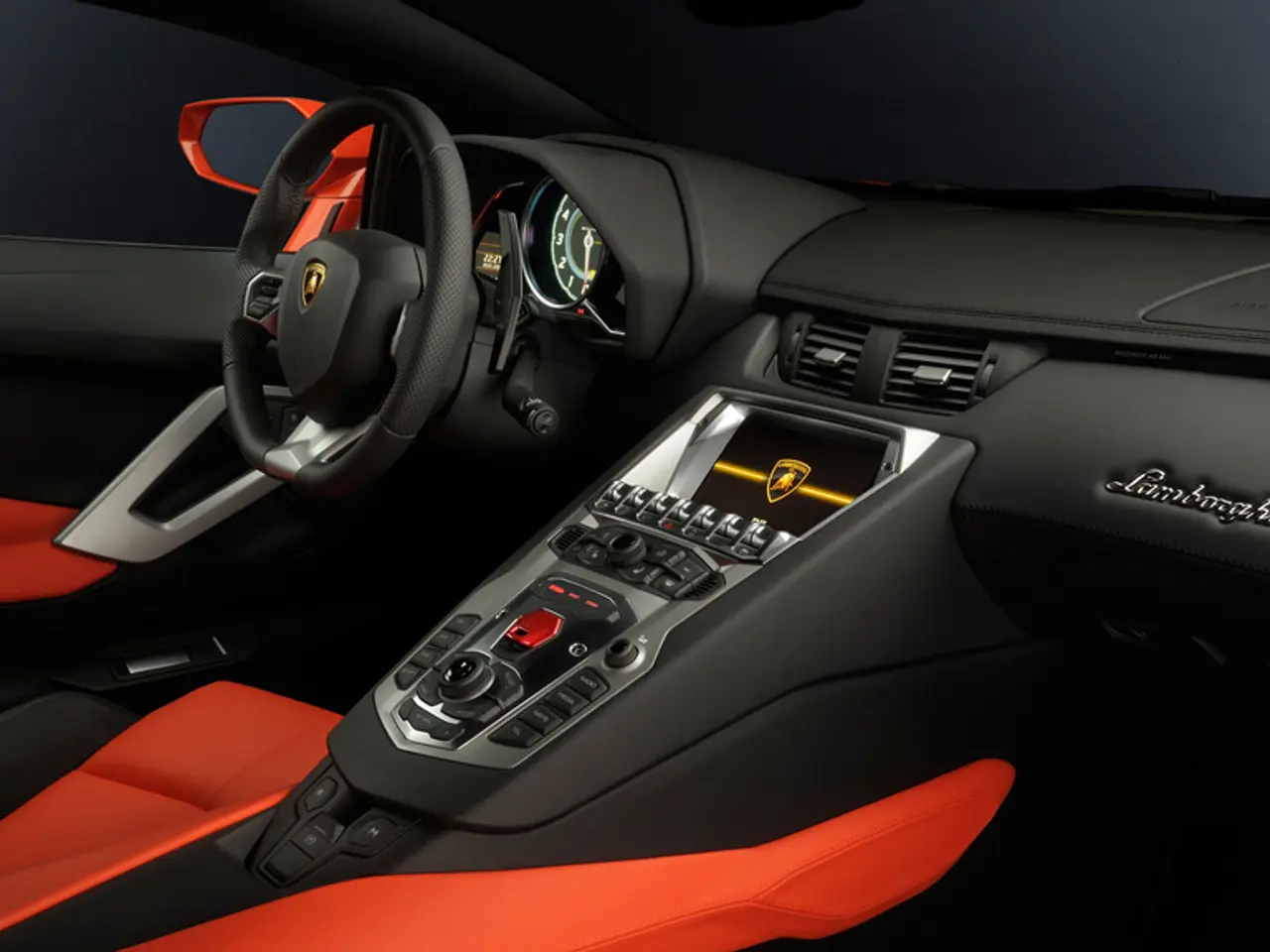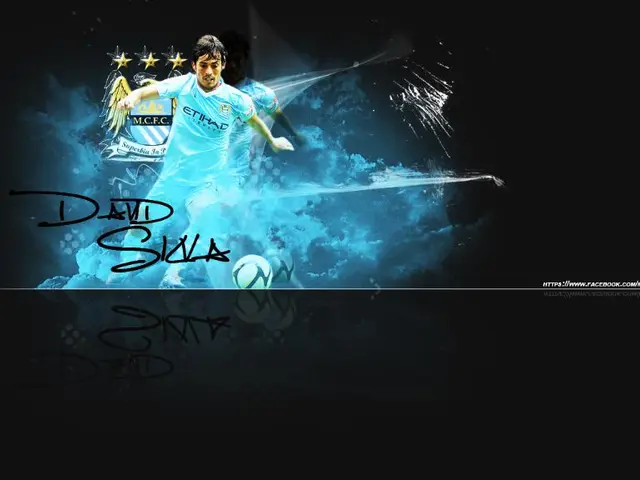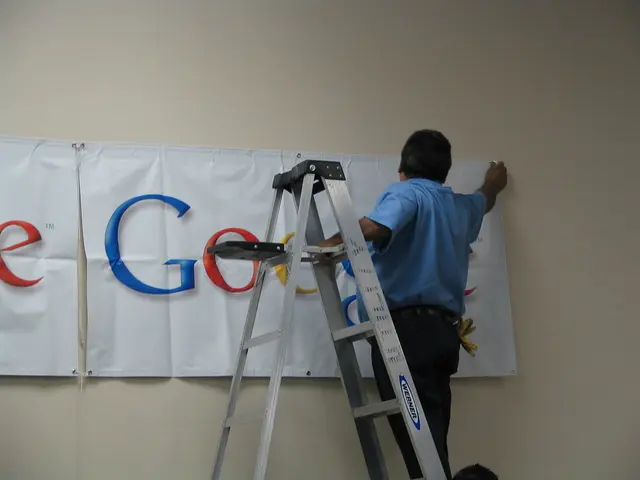Top-tier executive sedans of the 1980s era
### A Golden Era for Executive Saloons: The 1980s
The 1980s marked the final era of the true three-box saloon, as the 1990s loomed with a new wave of automotive design. This decade saw a significant number of manufacturers offering luxury, advanced technology, and comfort in their executive saloons, setting the tone for their successors in the following decades.
One of the pioneers of this era was the Audi 100, introduced in 1982. Known for its charismatic five-cylinder engines and all-wheel-drive system, the Audi 100 was a competitive option in the market, offering innovative features like lightweight construction and fuel-injected engines.
Another notable contender was the Mercedes-Benz 190E, the first of Mercedes' compact executive saloons. Highly successful, it sold 1.8 million units in its production run up until 1993. The 2.6-litre straight-six model offered strong performance at a reasonable price, and it is considered a great classic today.
British manufacturers also made their mark in the executive saloon market. The Rover Vitesse, introduced in 1988, was a sportier version of the 800, featuring sharper suspension settings and a sleeker fastback shape. The Vauxhall Carlton, often compared to a budget BMW, offered similar features and performance at a lower cost. The Vauxhall Senator, introduced in 1987, was a more expensive model than the Carlton, featuring six-cylinder engines and additional refinements.
The Ford Granada Mk3, introduced in 1985, sported a more modern look than its predecessor. Available as a saloon, estate, or hatchback, it came with a range of Ford engines. The BMW 7 Series, launched in 1986, offered both six- and 12-cylinder versions initially, before being offered with a V8 in 1992. Despite some maintenance and repair issues, particularly with the later V8 engines, it was generally considered the better performer compared to the Jaguar XJ40.
However, the Jaguar XJ40, introduced during this period, was initially a hit. Despite production being rushed, causing reliability issues and quality concerns, a well-maintained XJ40 with good history and under 100,000 miles is a good bet if it's in nice condition.
Japanese luxury was represented by the Toyota Crown Super Saloon, which symbolised Japanese engineering excellence and high comfort. It was considered iconic in its segment.
British luxury marques like Rolls-Royce and Bentley maintained their status as symbols of craftsmanship and prestige throughout the decade, with bespoke interiors and powerful performance. American brands such as Cadillac combined bold styling and powerful engines, heavily influencing popular culture and music references in the 1980s.
Prices for the Audi 100 and BMW 7 Series from the 1980s are relatively affordable today, making them attractive options for collectors and enthusiasts. Many of these classic executive cars from the 1980s set the tone for their successors in the following decades, embodying the executive car ethos of luxury, advanced technology, and comfort.
| Model | Origin | Key Features | |-----------------------------|---------------|----------------------------------------------------------------------------------------------------| | **Mercedes-Benz W123 (1975-1986)** | Germany | - Multiple engine and gearbox options
- Upholstery choices: cloth, vinyl, velour, leather
- Optional ABS from 1980
- Power steering (standard from 1982)
- Cruise control system
- Power windows and central locking
- Fully automatic climate control option (notable first for executive saloons)
- Becker radio telephone option (high-cost)
- Estate version had optional third-row foldable seats[1] | | **Toyota Crown Super Saloon (1980)** | Japan | - Symbol of Japanese luxury and engineering
- Known for advanced engineering and high comfort
- Considered iconic in its segment[3] | | **Rolls-Royce (1980s models)** | UK | - Synonymous with luxury and craftsmanship
- Hand-built interiors with premium materials
- Strong presence among luxury executive cars of the decade[5] | | **Bentley (1980s models)** | UK | - Luxury craftsmanship similar to Rolls-Royce
- Powerful engines and refined ride quality
- Featured in popular culture as a symbol of status[5][4] | | **Cadillac (1980s models)** | USA | - Iconic American luxury with distinctive styling
- Powerful V8 engines
- Popular in music and culture as a status symbol[4][5] |
[1] [Source](https://en.wikipedia.org/wiki/Mercedes-Benz_W123) [2] [Source](https://en.wikipedia.org/wiki/Audi_100) [3] [Source](https://en.wikipedia.org/wiki/Toyota_Crown_Super_Saloon) [4] [Source](https://en.wikipedia.org/wiki/Cadillac_Eldorado) [5] [Source](https://en.wikipedia.org/wiki/Rolls-Royce_Silver_Spur)
- In the 1980s, the housing market and real-estate industry experienced significant growth, with many people investing in homes and properties.
- The advancements in business and finance during this period allowed more people to afford luxury items, such as smartphones and gadgets.
- The transportation sector evolved, as electric vehicles began to gain popularity, particularly in the automotive industry.
- Lifestyle choices were greatly influenced by the sports scene, with football, baseball, basketball, hockey, golf, racing, and mixed martial arts spreading worldwide.
- The NFL, WNBA, NBA, Champions League, Premier League, American Football, and European leagues were some of the most followed sports competitions.
- The higher income from business ventures and housing sales led to an increased interest in education and self-development, promoting personal growth, mindfulness, and productivity.
- Career development opportunities flourished, encouraging lifelong learning, skills training, and goal-setting.
- Online education platforms emerged, enabling remote learning and job search from the comfort of one's home.
- The increased spending power resulted in more demand for luxury automotive products, boosting the sales of executive saloons and other high-end cars.
- Sports betting became popular among sports enthusiasts, with online platforms providing easy access to various events and leagues.
- Mercedes-Benz introduced the 190E, a compact executive saloon that displayed exceptional performance and design.
- Audi's 100 model, launched in 1982, made a significant impact in the market with its charismatic five-cylinder engines and all-wheel-drive system.
- Rover, Vauxhall, and Ford were other British automotive brands that entered the executive saloon market, offering competitive models with various features and price points.
- The BMW 7 Series, with its powerful engines and modern design, was another popular choice among executive car buyers.
- Japanese luxury brands like Toyota also made a mark in the executive saloon segment with their attention to detail and advanced technology.
- Rolls-Royce and Bentley, renowned for their craftsmanship and prestige, continued to dominate the luxury car market in the 1980s.
- American luxury brands, such as Cadillac, combined bold styling, powerful engines, and cultural influence, creating an iconic brand identity.
- The technological advancements in the 1980s led to a variety of innovative features in executive saloons, such as fuel-injected engines, lightweight construction, and fully automatic climate control systems.
- Many classic executive cars from the 1980s are now affordable due to their lower current market value, making them appealing options for collectors and enthusiasts.
- Property sales and real-estate investments continue to be significant sources of income that support various aspects of everyday life and businesses.
- The smartphone industry has experienced exponential growth, with numerous brands competing in the market to provide cutting-edge technology and affordability.
- The housing market remains a key factor influencing the overall economic health of a region or nation.
- Electric vehicles are becoming more common in transportation, drastically reducing emissions and dependency on fossil fuels.
- Sports culture continues to influence lifestyle choices, with sports betting platforms evolving to cater to the growing demand.
- The online education sector provides accessible learning opportunities to a global audience, enabling individuals to upskill, reskill, and advance their careers.
- Career development is essential for personal growth, with many focusing on goal-setting, productive habits, and continuous learning.
- The sports world remains a vital part of popular culture, with millions following various leagues and competitions worldwide.
- The successors of the executive saloons from the 1980s continue to embody the ethos of luxury, advanced technology, and comfort, setting the standard for future automotive designs.






![Top-Ranked Business Credit Cards for Veterinarians [Year 2025]](/en/content/images/size/w640/format/webp/20250921144002_best-business-credit-cards.jpeg)